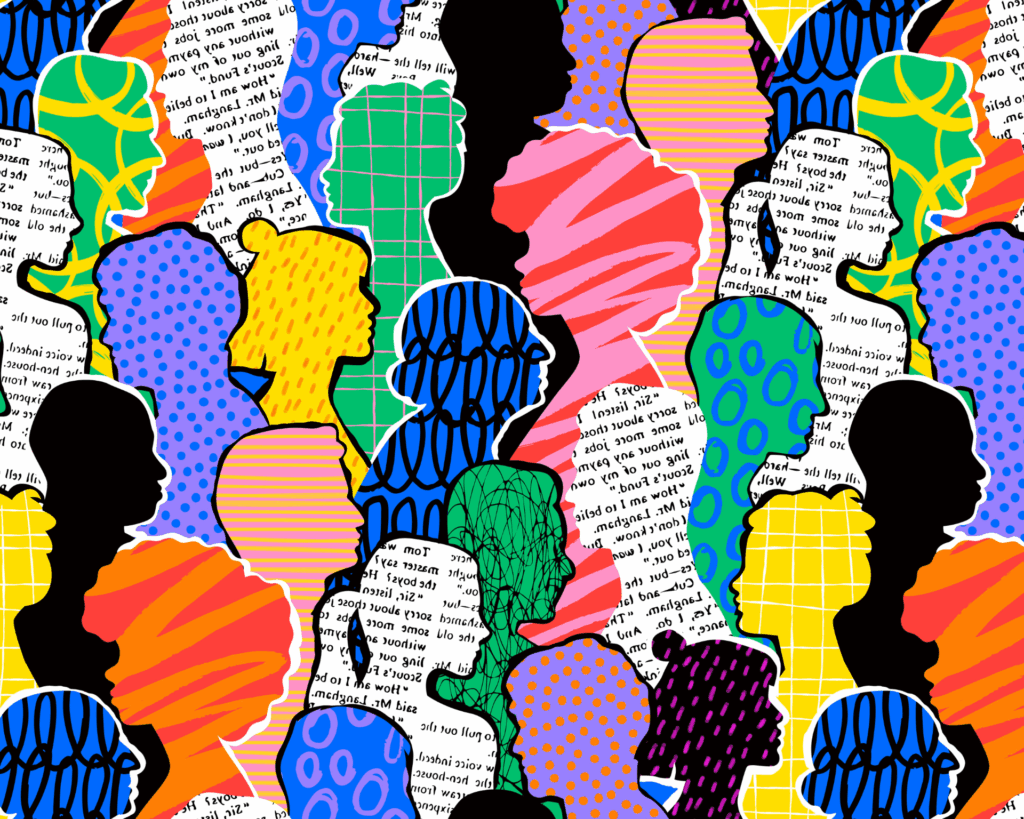Welfare Stigma
Mothers who experienced welfare stigma reported poor health.

Read Time: 4 minutes
Published:
The myth of the American dream idealizes gaining financial independence based on simple determination and grit. In other words, anyone can “pull themselves up by their bootstraps.” This ideal contributes to a stigma against people who ask for financial and economic assistance to survive, even though so many individuals grow up in a world that is set up against their ability to be prosperous.
American society historically stereotypes women on welfare as being promiscuous, lazy, defrauding the system, and uneducated. The public image of this stereotype disproportionately targets Black women with children, the most notorious example being Ronald Reagan’s welfare fraud awareness campaign in the 1970s. Reagan provided the public with an easy way to vocalize racist and gendered stereotypes about a person using public assistance programs: The Welfare Queen. This harmful imagery only further demonized and stigmatized a person in need of financial support.
Stereotypes are also reflected in welfare policies themselves. For example, some states use Transitional Assistance for Needy Families (TANF) to set work and behavior requirements. Work requirements may force recipients to take low-paying jobs that put their family in poverty in the first place. Additional TANF elements may include mandatory drug testing, the denial of benefits to people formerly convicted of a drug felony, and refusal to increase benefits for families who have another child while enrolled in the program.
Experienced stigma comes in many forms, from being passively judged by another person or blatantly discriminated against by groups or institutions. Stigma can also be more insidious leaving a person to internalize the negative stereotypes created by society about their identity. Similar to experiencing any form of discrimination, experienced or internalized stigma is yet another threat to health.
Jessica Lapham and Melissa Martinson measured the effect of experienced and internalized stigma on a mother’s self-reported health. They analyzed whether education, ethnicity, race, the strictness of state TANF policies, economic inequality, and public opinions of welfare influenced health as well. The team used responses from female study participants with children who reported receiving TANF, Medicaid, social security income, and/or SNAP between 2003-2004 in 20 major cities across the country.
To measure internalized stigma, respondents were asked whether they believed that welfare encourages young women to have babies before marriage, welfare programs make people work less, or welfare discourages young, pregnant women from marrying the father of the child. To measure experienced welfare stigma, the survey asked whether the welfare application process was humiliating or if they felt program rules limited personal freedoms, such as work requirements and relationship status.
A significant link existed between both experienced and internalized welfare stigma and a mother rating her health as bad or very bad.
62% of mothers reported experiencing welfare stigma and 54% reported internalizing welfare stigma. A significant link existed between both experienced and internalized welfare stigma and a mother rating her health as bad or very bad.
Living in a state with stricter TANF generosity policies did not influence the relationship between experienced or internalized stigma with self-rated health. However, income inequality, education, race, and societal attitudes about welfare within a state did affect the relationship.
Internalized stigma was associated with bad or very bad self-rated health among women without a high school degree. On the other hand, having more than a high school education appeared to protect women from experienced welfare stigma in states with greater income inequality, but did not protect the health of women who reported higher than average levels of internalized stigma.
Black mothers who experienced higher levels of welfare stigma than the average were more likely to report bad or very bad health than their White and Hispanic counterparts. Regarding internalized stigma, Hispanic mothers who reported higher perceptions of welfare stigma were more likely to report bad or very bad health than Black and White respondents. Black and Hispanic mothers who reported high levels of experienced stigma had higher odds of reporting bad or very bad health in states where the general public opinion was more opposed to welfare.
The researchers argue that the association between health and welfare stigma mirrors the deep-rooted cultural stereotypes of women on welfare in America, which are strongly influenced by race, ethnicity, and education.
The COVID-19 pandemic may have increased support for public assistance programs, but the solutions to eradicating welfare stigma lie in tearing down racist and sexist structures built within messaging and policies for public assistance programs.
Photo via Getty Images



